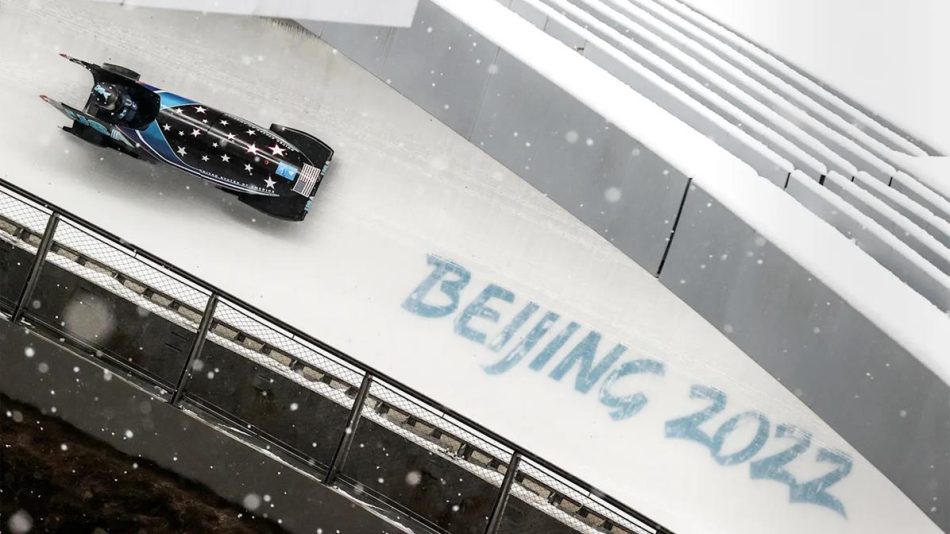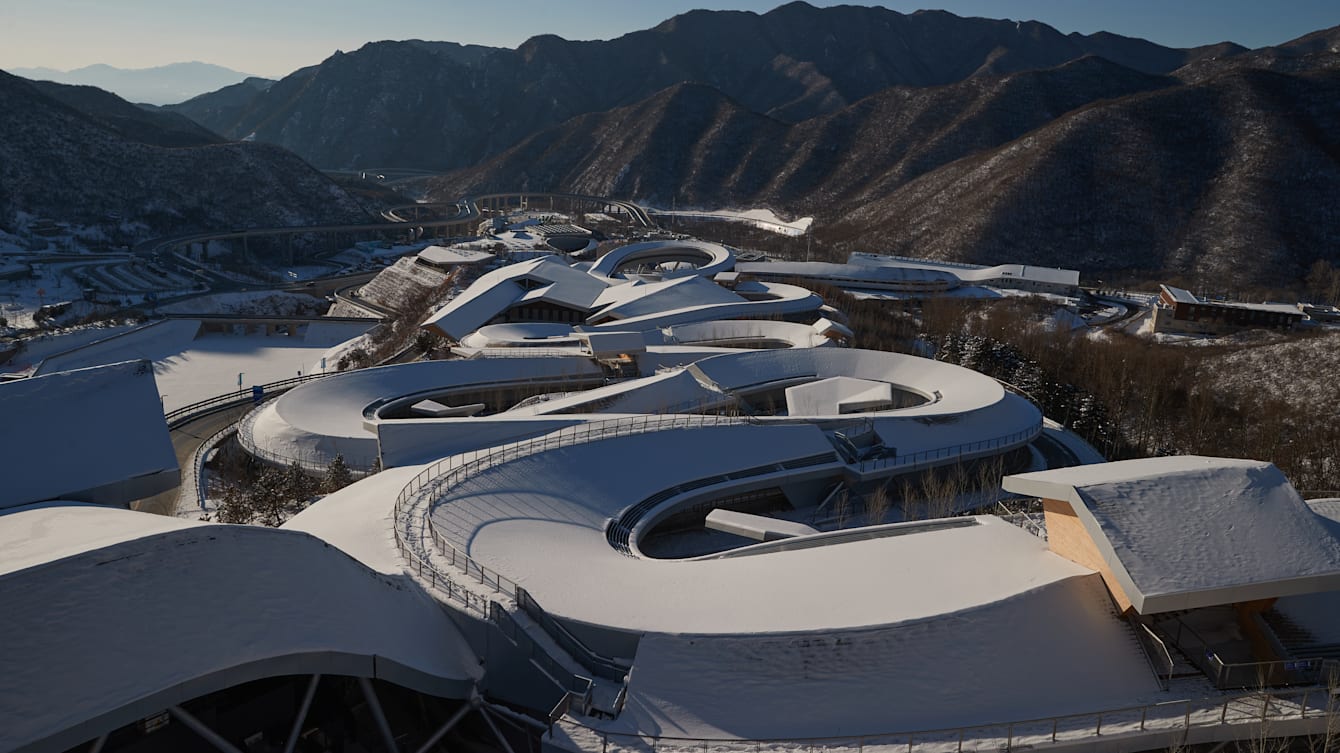Sustainability in sport will take sacrifices

International Olympic Committee
29 December 2023 – IOC Athletes’ Commission member Oluseyi “Seyi” Smith, who competed in both summer and winter editions of the Olympic Games, explains how technology, travel and climate change affect bobsleigh, and how the wider sporting sector can become more sustainable.
The Olympic Winter Games are very different from the Olympic Games that take place in summer. London 2012 was an amazing Games and, in my opinion, the best of our modern era. It’s a massive global spectacle where nothing is held back.
The Winter Olympics, on the other hand, involve fewer countries, but there’s more intimacy among the competing athletes. You introduce yourself to new people and learn about a new country and culture, which does happen in the Olympic Games, but not as often. It’s been a deeper connection for me at the Winter Olympics because it’s a family affair.
At the Olympic Games in the summer, it’s easier to lose the sense of existential crisis that we’re in. Yes, there’s heat and inclement weather, but it’s a lot more pressing at the Winter Olympics because of snow and ice. When I speak to people about my IOC Young Leaders project, which has become a business called “Racing to Zero”, they say, “I get it. Snow is leaving and I may not be able to have the same season in 10 years as I do now.” That being said, if I was going to give bobsleigh a score on sustainability, it wouldn’t be in the top percentile. Like all sports, it involves lots of travel to competitions, which has a large carbon emissions impact. The fact that we go to the same venues over and over, though, means that bobsleigh has an advantage over other sports. We can find a more efficient way to move the sleds back and forth.
Maybe we can design the season so that we can take trains between events in one region. That limits the season to just Europe, though, because you can’t really get trains for the North American circuit or between Asian countries.
But we could make a twist on competing regionally by flying the rest of the world to North America, for example, and only racing between Whistler and Lake Placid for the year. Maybe some regulations could make each race different, like competing in bobsleigh on a snowy day. And then the following year, we go to Europe and just do European events, then to Asia the year after. This way, we would avoid flying back and forth as much, even if we’re going home to see our families and friends every now and then.
You can’t completely avoid travel with sport because you need to compete against everybody. To avoid limiting where we can compete, maybe the bobsleigh federations could invest some money in projects like the Olympic Forest, which remove carbon from the air while providing tangible benefits to local communities in the form of food, income and strengthened resilience in the face of climate change. Tree planting and offsetting isn’t a perfect solution, but it isn’t an impossible solution.
Sustainability in sport will take sacrifices and fewer trips that may make athletes or administrators uncomfortable, but I think in the long term it’s worth it for the greater good of sport. And we may find something unique that we all love, a new way of doing sport that we would never have thought of, like how we’re all doing Zoom meetings now rather than flying across the globe. I don’t think sustainable innovations in bobsleigh are going to be gradual, but more like Formula 1 when the regulations change, and everybody has to go along with it.

The monobob, operated by a single person, is unique in the bobsleigh world because everyone drives the same sled. It’s not like the two-person or four-person where you have the technology element and gaps between countries in sled design. The sleds are made out of carbon fibre, which you can’t recycle either. So, if every discipline used the same sleds, we could create a level playing field with greener sleds and ancillary equipment.
We can also make big changes with energy. Some tracks use ammonia for cooling, which could be substituted for a greener energy source.
Many corporations and sectors are trying to achieve net zero, but sport is not as organised as them because we’re all doing our own thing.
Any change needs to be governance-led with different tiers of strategy pushed down to the national, regional and local levels so that everyone knows what their targets are and how to implement them. There’s the Olympic umbrella, and the IOC are doing a good job of leading sustainability in sport, but many professional sports are separate from that.
Without athletes, there is no sport, so we have to keep the administrators honest and keep pushing the conversation, whether in private or public discourse. We have to go in front of the media and say, “This is important to me and our sport. I have millions of followers, thousands of followers, or just hundreds of followers, but I’m going to use the platform that sport has given me to help it last.”
That’s where you see the top-bottom and bottom-up approach work together. That’s my perfect world solution.
IOC Athletes’ Commission member Oluseyi “Seyi” Smith is a retired summer and winter Olympian who competed in athletics and bobsleigh for Canada. He holds a Bachelor of Electronic and Electrical Engineering and Master of Science in Renewable Energy Technologies from Loughborough University in Great Britain.





